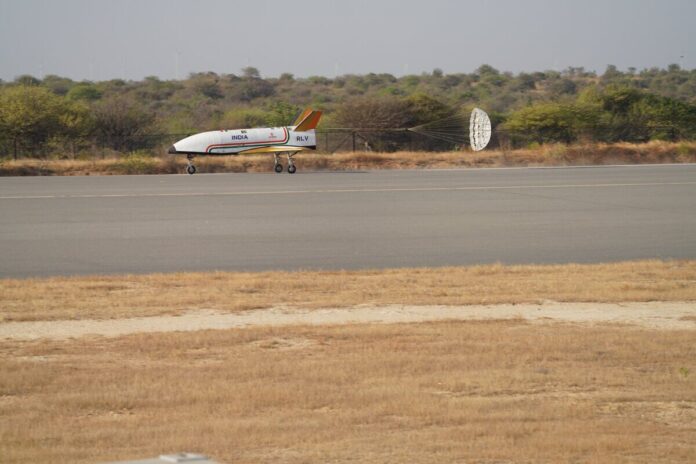India’s space agency successfully conducts its second experimental RLV-TD programme.
Story so far: On Sunday, the Indian Space Research Organisation (ISRO) successfully executed the landing experiment of the Reusable Launch Vehicle-Technology Demonstration (RLV-TD) programme at the Aeronautical Test Range in Challakere, Chitradurga. The RLV resembles an aircraft and combines the configuration of aircraft and launch vehicles.
- It took off at 7:10 am using a Chinook helicopter of the Indian Armed Forces (IAF) and flew at an altitude of 4.5 km.
- After attaining the predetermined pillbox parameters, the RLV released mid-air and performed an autonomous landing at 7:40 am.
Why it matters? The experiment marked the first time a winged body was carried to an altitude of 4.5 km by helicopter and carried out an autonomous landing on a runway. A key objective of tinkering and experimenting with RLV technology is to achieve inexpensive access to space.
- ISRO plans to develop the RLV for the first stage of India’s reusable two-stage orbital launch vehicle.
(Image credits: ISRO’s Twitter post)

